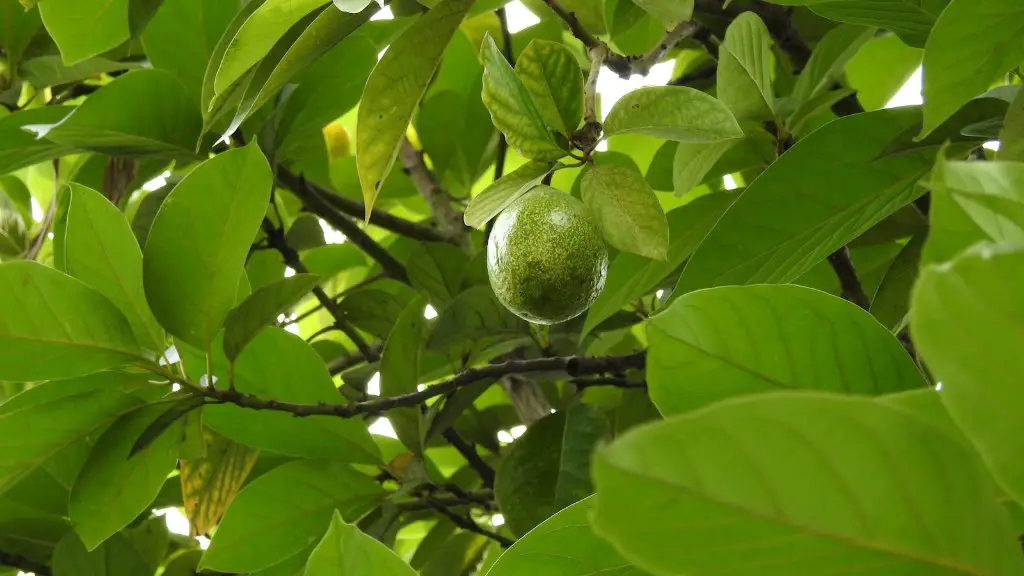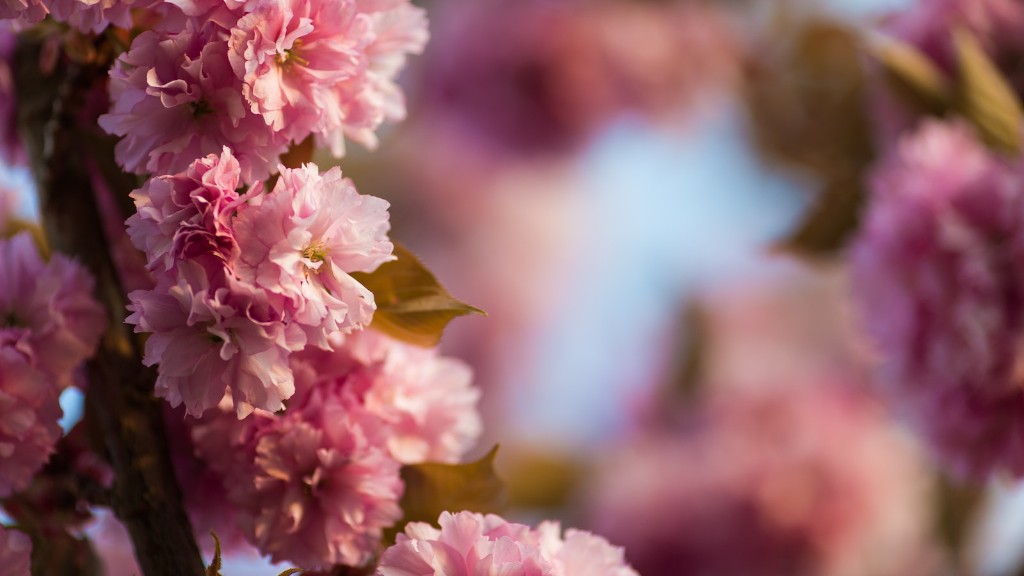There are many different types of palm trees that can be found throughout the world.
Most people associate palm trees with tropical climates, such as those found in Florida, Hawaii, and the Caribbean. However, there are actually many different types of palm trees that can be found in a variety of different climates.
If you are interested in planting a palm tree, it is important to do your research to determine which type of palm tree would be best suited for your climate. Once you have selected a type of palm tree, you will need to purchase a seedling from a nursery or online retailer.
When you are ready to plant your palm tree, you will need to dig a hole that is twice the size of the tree’s root ball. Once the hole has been dug, you can place the tree in the hole and fill it with soil. Be sure to water your palm tree regularly, especially during the first few months after planting.
To plant a palm tree, choose a spot in your yard that gets full sun and has well-drained soil. Dig a hole that is twice as wide as the tree’s root ball and just as deep. Set the tree in the hole and fill it with soil, tamping it down as you go. Water the tree deeply.
What is the best time to plant palm trees?
The best time to plant palms is after the last frost in the spring. This gives palms time to get established before the heat of summer. Many stores do not begin stocking palms until March or April, so plant as soon as they are available. Palms that are grown in containers can be easily planted.
When planting palm trees, it is important to make sure that the top of the root shoot is only about one inch below the surface of the soil. If the tree is planted too deep, it could face nutrient deficiency and even die. Therefore, it is crucial to take care when planting palm trees to ensure their survival.
Can you cut a palm tree and plant it
A palm tree cannot be grown from a cutting. It must be grown from a seed in order to take root and thrive. You can, however, divide a palm tree and replant the divided part to grow a new tree. This will involve dividing the roots, which can be a difficult process.
Sandy loam is ideal for palm trees because it is light and well-drained. This type of soil allows the roots of the tree to spread, which is essential for the tree’s health.
Do palm trees need a lot of water?
It is important to water your palm tree regularly, especially during the summer months when they are actively growing. Water deeply, soaking the root zone, and allow the top 2 inches of soil to dry out before watering again.
You should water your newly planted palm tree every day for 2-3 weeks, every other day for the following 2-3 weeks and then switch to 3 times a week. The palm’s soil should be always moist but not allow for water to pool for extended periods of time.
Do palm trees go into shock when planted?
After a palm tree is transplanted, it will usually experience what is known as “transplant shock.” This is caused by the roots being disturbed and exposed to air and light. The tree will usually recover from this shock within a few weeks, but it is important to water it regularly during this time.
Palm trees are relatively tolerant of poor soils, but they do prefer a moist but well-drained soil with average fertility. Soils that are constantly wet or soggy can be problematic for palm trees.
Is it OK to put rocks around palm trees
If you are looking to plant a palm tree, it is important to be aware of the potential damage that can be caused by improper placement around concrete or other hard surfaces. The increased temperatures created by these surfaces can kill or damage new roots, making it difficult for the palm tree to thrive. In addition, the white rock often used to surround palm trees can make it difficult to apply fertilizer without staining the concrete or other surface. By taking these factors into consideration, you can help ensure that your palm tree has the best chance of success.
If you see dead fronds on your palm tree, it’s time to trim or prune the tree. Dead fronds can weigh down the tree and make it look unkempt. Aim to trim or prune your palm tree 1-2 times per year to keep it looking its best.
Can you cut a palm tree in half and replant it?
If you want to get rid of a cluster of palm trees, the best way to do it is to dig up the entire cluster, root ball and all. This will ensure that the trees do not regrow.
If you notice any dead or dying fronds on your palm tree, it’s a good idea to trim them back. This will not only prevent breakage damage, but also eliminate nesting places for rats, scorpions, and other pests.
Do palm trees need lots of fertilizer
Palm trees require a steady diet of several nutrients and micronutrients, particularly nitrogen (N), potassium (K), magnesium (Mg), manganese (Mn), and iron (Fe). All are critical to the health of palm trees.
Palm trees are susceptible to nutrient deficiencies, so it is important to regularly fertilize them with a fertilizer that contains all of the necessary nutrients. A fertilizer with a high nitrogen content is especially important, as nitrogen is necessary for the growth of new leaves.
Potassium is important for the overall health of palm trees, and magnesium helps Palm trees to develop strong roots. Manganese and iron are necessary for the development of new leaves and for the overall health of the tree.
Regular fertilization is the key to keeping palm trees healthy and preventing nutrient deficiencies. A well-balanced fertilizer that contains all of the necessary nutrients is essential for maintaining the health of palm trees.
Mature palms in the landscape require special care. They should be fertilized with 8-2-12 fertilizer, which is a complete, granular, palm tree fertilizer. This fertilizer is specially formulated for palms and contains all the essential elements and manganese. Manganese is a mineral that helps prevent yellowing and necrosis between the leaf veins and a reduction in leaf size.
What fertilizer do you use on palm trees?
If you’re looking for the best palm fertilizer, our top pick is Miracle-Gro Shake ‘N Feed fertilizer for palm trees. It’s easy to use; contains the ideal NPK ratio; and contains manganese, magnesium, and iron for healthy palm fronds.
If you are planning on planting palms in your garden, it is important to know that they have different light needs. Some palms do best in full, direct sun, while others need shady garden spots. Too much harsh sun can leave palm fronds sunburned, much like human skin, but fronds typically don’t recover. As a group, palms adapt well to a wide range of soils as long as the soil drains well.
Final Words
1. Choose a healthy palm tree from a nursery or garden center.
2. Place the palm tree in the hole so that the roots are covered with soil.
3. Firm the soil around the roots and water the tree well.
4. Stake the tree if necessary to help it stay upright.
5. Apply a generous layer of mulch around the tree to help retain moisture and keep the roots cool.
6. Water the palm tree regularly, especially during dry spells.
To plant a palm tree, choose a spot in your yard that gets plenty of sunlight and has well-drained soil. Then, dig a hole that is twice as wide and deep as the tree’s root ball. Next, place the tree in the hole and backfill it with soil. Finally, water the tree deeply to help it get established. With a little care, your palm tree will thrive and provide you with years of enjoyment.




